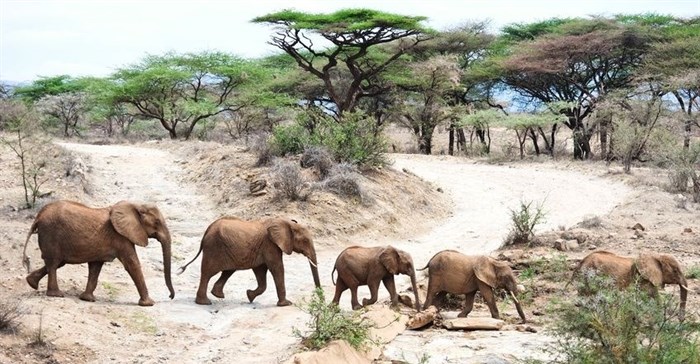South African National Parks (SANParks) and the Department of Environmental Affairs have announced the findings of a two-year pilot programme that has demonstrated conservation as a growing and value-adding sector within rural development.
“Whilst traditionally conservation is regarded by many as a ‘trade-off’ with development, the pilots have shown that conservation can actually competitively lead and stimulate development,” said SANParks CEO, Fundisile Mketeni.
The pilots were undertaken in some of South Africa’s identified biodiversity 'hotspots' in the buffer zones of three national parks in South Africa, namely Camdeboo, Mountain Zebra and the West Coast National Parks.
Buffer zones are geographical areas delineated around national parks where the parks directly interface with their broader regional environments. The idea of a buffer zone is for planning and conservation authorities to co-operate in facilitating the integration of the parks within this space through facilitating community benefits from sustainable natural resource management, discouraging economic activity that is incompatible with conservation, and maximising the potential of the park as a regional economic asset.
Findings of projects
Some of the demonstration projects that emerged were the:
- Upgrading and improved management of a local nature reserve in order to enhance its asset value and social and economic returns. The pilot succeeded in leveraging additional municipal financial commitment and securing SANPark’s technical support for conservation management.
- Promotion of urban agriculture in rural towns close to Camdeboo and Mountain Zebra National Parks in order to address chronic hunger through enhancing food security; while at the same time protecting rural land with high biodiversity in the buffer zones of these national parks.
- Exploring of the setting up of a 'mega nature reserve' on the West Coast through the collaboration of private, community and public landowners focused on unlocking economic opportunity within the eco-tourism, game, conservation and knowledge sectors. At least nine private landowners are proceeding with plans to establish a special natural area on the West Coast.
- Promotion of tourism routes, investment and small business activity that would be compatible with conservation. West Coast Way, a highly successful private route marketing platform was established that is focused on promoting the biodiversity and heritage within the region. Undeveloped regional tourism assets have been identified and a partnership forged with provincial trade and investment agencies in order to attract sustainable investment and regional economic activity.
- Creation of new tourism attractions and community facilities within national parks in order to enhance the perceived value of the park and to stimulate increased economic return and related activity. Plans are under way to convert an unused military facility in the West Coast National Park into a science, visitor and research centre that showcases biodiversity, heritage and sustainable development and nurtures maths and science literacy and talent.
- Promotion of conservation awareness through innovative mechanisms such a community drama, public works programmes and ongoing engagements. The intention is to highlight the potential social and economic benefits of conservation of biodiversity and heritage to communities.
“The goal is to establish 197,000ha of new protected area in South Africa in a manner that benefits everyone. SANParks is currently translating the lessons from the pilot into operational guidelines for SANParks to work within the Buffers of all its national parks,” concluded Mketeni.


































